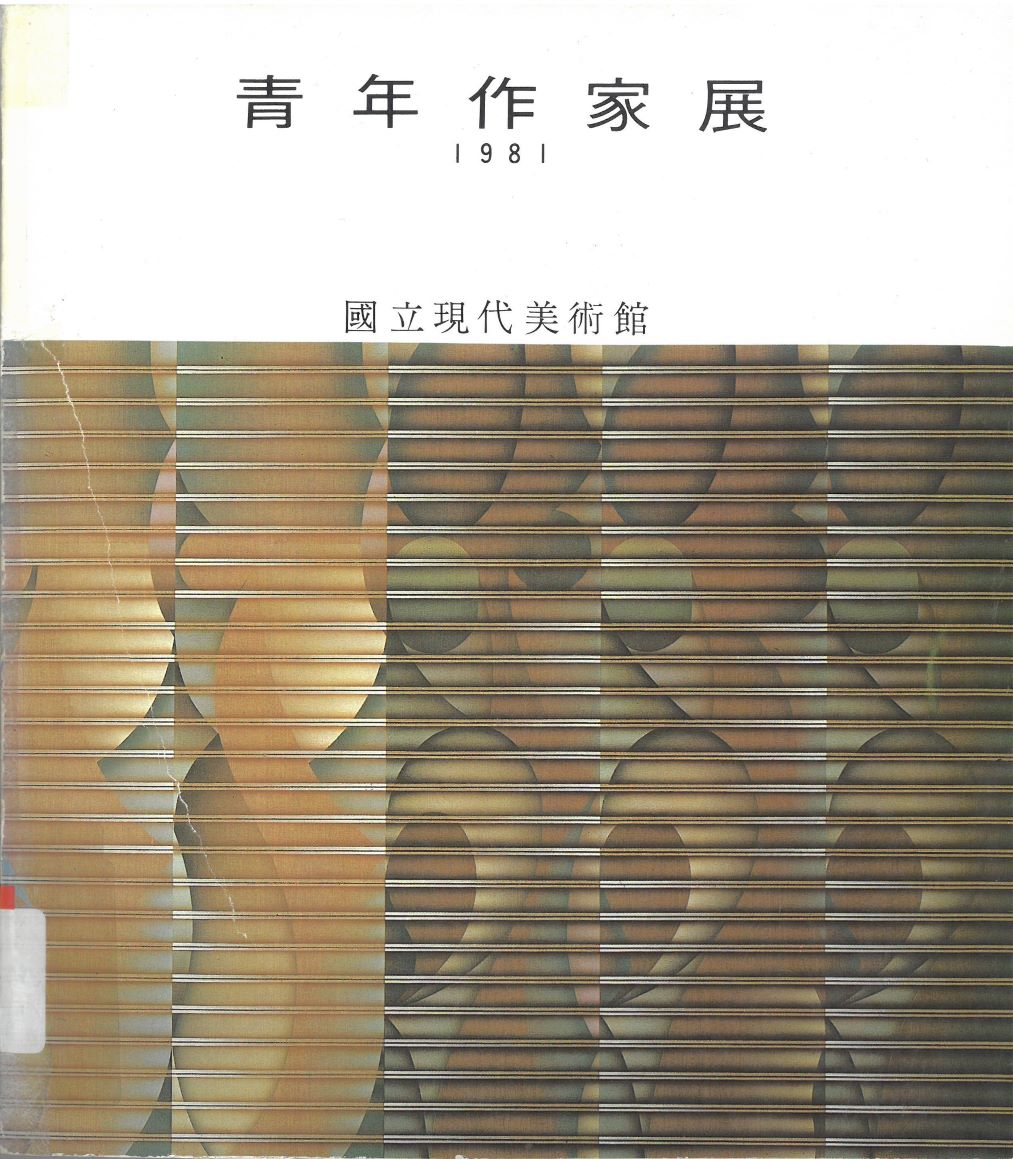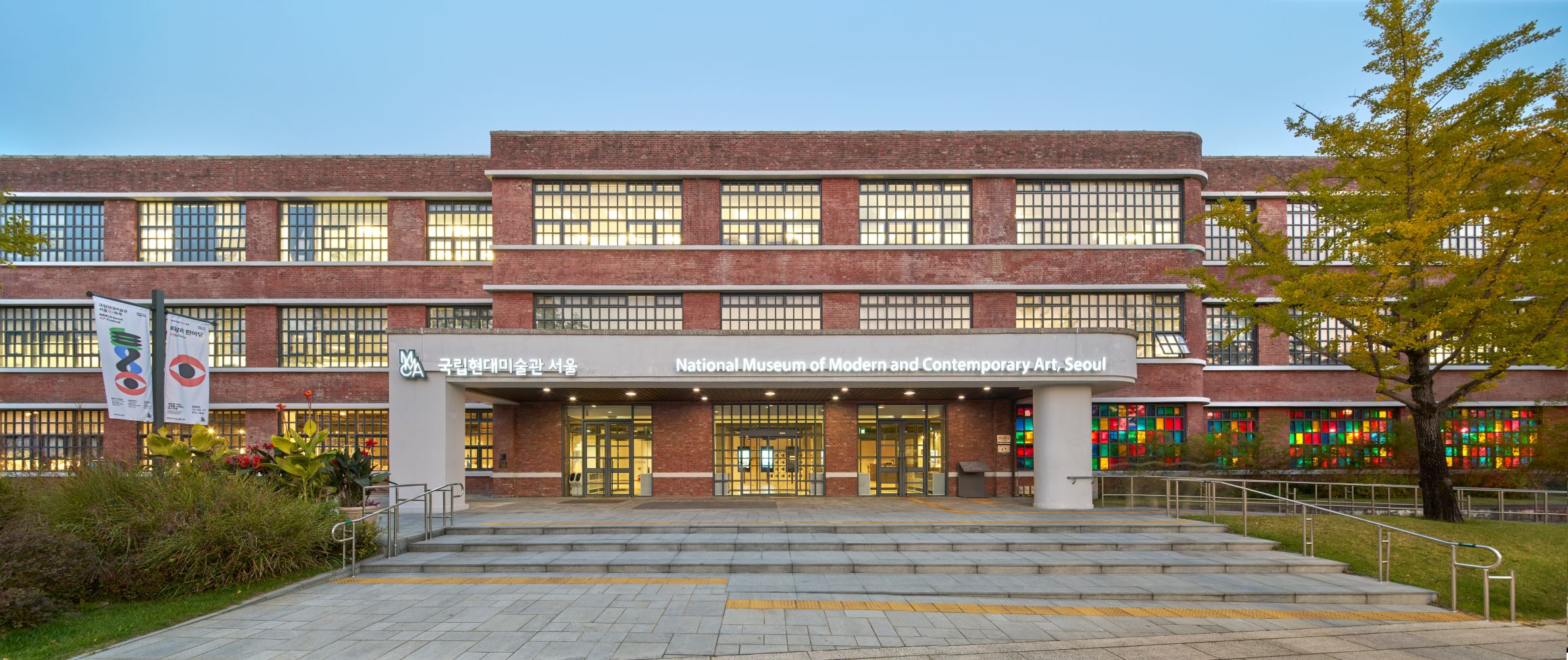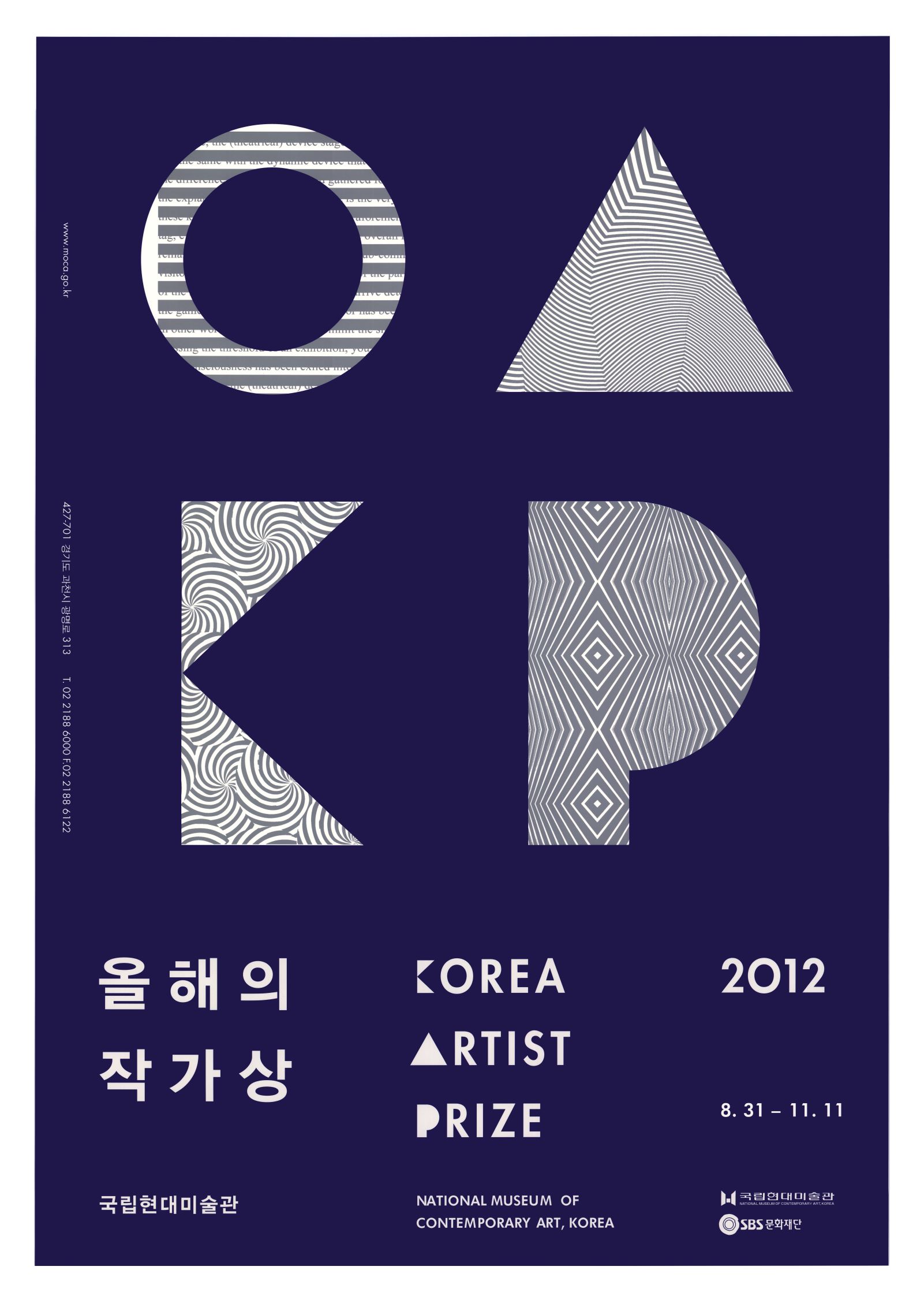
The Korean Young Artists Biennial, Catalog, 1981, MMCA Digital Library Collection
The Korean Young Artists Biennial
* Source: Multilingual Glossary of Korean Art by Korea Arts Management Service
Related
-

National Museum of Modern and Contemporary Art, Korea (MMCA)
A national museum established in 1969 that researches, collects, and exhibits modern and contemporary art. As of 2018, there are branches in Gwacheon, Deoksugung, Seoul, and Cheongju. When first established, the National Museum of Modern Art (now MMCA) was located within Gyeongbokgung palace. In 1973, the museum moved to the East Wing of the Deoksugung Seokjojeon building. Then, in 1986, the museum moved to its current location in Gwacheon, to occupy a new building equipped with an outdoor sculpture exhibition space, and has since opened a new chapter in Korean art. The perceived need for a space to focus specifically on Korean contemporary art led to the establishment of further site, the National Museum of Contemporary Art, Deoksugung in 1998. In November 2013, a further demand for contemporary art exhibitions led to the establishment of another Seoul branch being created in the Defense Security Command building in Sogyeok-dong, Jongno-gu, which has since its inception engaged in multifaceted exhibitions of both domestic and overseas contemporary art. Also, as a further component of the MMCA complex, a disused tobacco factory in Cheongju was remodeled to provide a home to the National Art Storage Center.
-

Young Korean Artists
An exhibition held every two years at the National Museum of Modern and Contemporary Art, Korea since 1981. The purpose of the exhibition is to showcase young artists who produce diverse, experimental work, regardless of theme. From the first to fifth exhibition, it was called the The Korean Young Artists Biennale, and starting with the sixth exhibition in 1990, the name was changed to Young Korean Artists. The thirtieth anniversary exhibition was held from April 17 to June 6, 2010, and the exhibition was held in both 2013 and 2014. The exhibition was not held between 2015 and 2018, but has been resumed for 2019. The exhibition is considered as a notable venue for the examination of the emerging issues and trends in contemporary Korean art.
Find More
-

MMCA Hyundai Motor Series
MMCA Hyundai Motor Series is an annual exhibition event that has been organized by the MMCA and sponsored by Hyundai Motor Company for ten years since 2014, featuring large-scale solo exhibitions of mid-career Korean artists. It began in November 2013, when Hyundai Motor Company announced a ten-year sponsorship agreement totaling twelve billion won to coincide with the opening of the MMCA Seoul. Each year, the MMCA selects an artist, or team, who has created a unique body of work, and Hyundai sponsors them to inject new vitality into contemporary Korean art. Hyundai Motor Company stated that “the company, in addition to supporting the production of large-scale new works, hoped to establish it as a representative platform for introducing Korean artists to the global art scene by also supporting publishing, educational programs, and publicity based on the MMCA curators’ research on the selected artist.” As the very first sponsored artist, Lee Bul presented installations including her new works The City of the Sun II and Aubade III from September 30, 2014 to March 29, 2015 in Gallery 5 of the MMCA Seoul. The second edition of the MMCA Hyundai Motor Series was AHN KYUCHUL - Invisible Land of Love, held from September 15, 2015 to May 22, 2016 in Gallery 5, featuring eight new works. The third edition, Kimsooja – Archive of Mind, was held from July 27, 2016 to February 5, 2017 in Gallery 5 and Gallery Madang. The fourth edition, IM Heung-soon – Things that Do Us Part, was held from November 30, 2017 to April 8, 2018 in Gallery 5 and 7, Gallery Madang, and the corridors. The fifth edition CHOIJEONGHWA–Blooming Matrix was held from September 5, 2018 to March 3, 2019 at Gallery 5 and Gallery Madang. The sixth edition Park Chan-kyong - Gathering was held from October 26, 2019 to February 23, 2020 at Gallery 5. The seventh edition was Haegue Yang - O₂ & H₂O which was held from September 29, 2020 to February 28, 2021 at Gallery 5 and Seoul Box. In addition to the exhibition, a book entitled Air and Water: A Collection of Writings on Yang Hye-gyu 20012020 was published jointly by the MMCA and Reality Culture. The eighth edition was Moon Kyungwon & Jeon Joonho—News from Nowhere, Freedom Village. It was held from September 3, 2021 to February 20, 2022 in Gallery 5 and Seoul Box. The ninth edition, held in 2022, was entitled Choe U-Ram [Little Ark] and was held from September 9, 2022 to February 26, 2023 in the Seoul Box, Gallery 5, and the corridors and halls of the basement level. Finally, the tenth edition Jung Yeondoo—One Hundred Years of Travels was held from September 6, 2023 to February 25, 2024 in Seoul Box, Gallery 5, and the corridors and halls of the basement level. The MMCA Hyundai Motor Series is regarded as a representative example of corporate sponsorship that has created a win-win effect between culture and art and business.
-

Korea Artist Prize
The Korea Artist Prize is an annual award program jointly operated by the National Museum of Modern and Contemporary Art, Korea (MMCA) and the SBS Culture Foundation. It aims to globalize Korean art by selecting and supporting talented artists in South Korea. Following from the Artist of the Year exhibitions held at the MMCA from 1995 through 2010, the Korea Artist Prize that began in 2012 selects one final artist (or team) through the first and second rounds of judging under the auspices of the SBS Culture Foundation. Four artists (teams) selected as “SBS Culture Foundation Sponsored Artists” in the first round of screening use the endowed grant to present their new works at the Korea Artist Prize exhibition held at the MMCA in Seoul. In the second round, one artist (team) is selected from these four artists (teams) and awarded the Korea Artist Prize to help him/her (them) develop into an international artist who can lead the world of art. Awardees include the team of Moon Kyoungwon and Jeon Joonho in 2012, Kong Sunghun in 2013, Noh Suntag in 2014, and Oh Inhwan in 2015. In addition to discovering and supporting artists, the Korea Artist Prize produced and aired documentary films exploring oeuvres of all sponsored artists in depth, thus contributing to building a foundation for Korean contemporary art.






